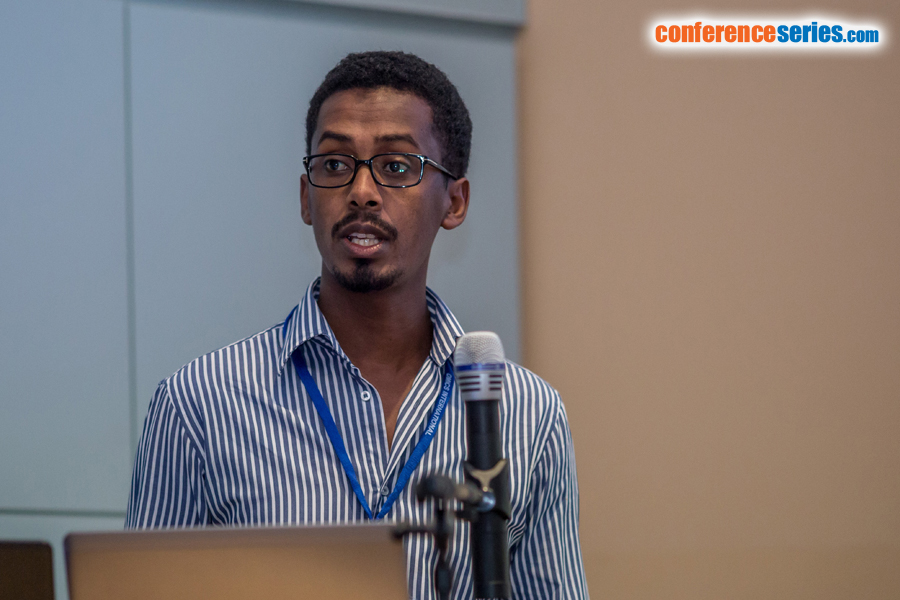Tewodros Firdissa Duressa
KU Leuven, Belgium
Title: Locust innate immunity: Hemocyte replenishment, cytokine identification and involvement of an angiotensin converting ortholog
Biography
Biography: Tewodros Firdissa Duressa
Abstract
Within the order Insecta, knowledge about the innate immune response is mainly based on studies regarding holometabolous model organisms: In both fruit fly and moths the cellular immune response of phagocytosis, nodule formation and encapsulation is supported by a strong humoral pro-inflammatory response including coagulation, prophenoloxidase activation and antimicrobial peptide synthesis. In hemimetabolous locusts, genes encoding the classical antimicrobial peptide precursors are missing and they mainly depend upon their efficient cellular immune response. This elaborated cellular immune response has its trade off as it results in a steep decrease in the number of circulating hemocytes. Immune challenge makes a GBP hemocyte spreading peptide activating the hemocytes. Most tissues except gut and hemocytes display a high basal transcription of this cytokine. Spreading and increased adhesive character of activated hemocytes partly explains their rapid disappearance and reappearance following infection. It turned out that in adult locusts the persisting “hematopoietic organ” is not involved in replenishment of lost hemocytes but rather has a prophylactic function as main phagocytotic organ at later age. The instant hemocyte replenishment by circulating prohemocyte stem cells supports this hypothesis, an immune challenge by either Gram positive or Gram negative bacteria but not by a challenge with fungi results in a significant selective increase in expression of insect angiotensin converting enzyme in Locusta migratoria hemocytes. Knockdown of Locusta ACE by both RNAi and captopril inhibitor elucidated the involvement of ACE, either direct or indirect, in the appearance of LPS induced hemolymph peptides of which most have a so far unidentified function.




